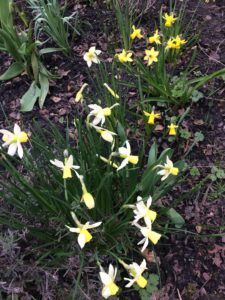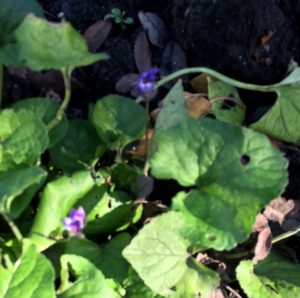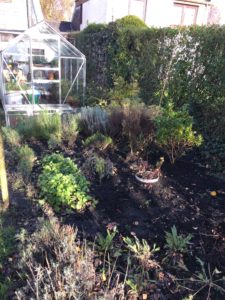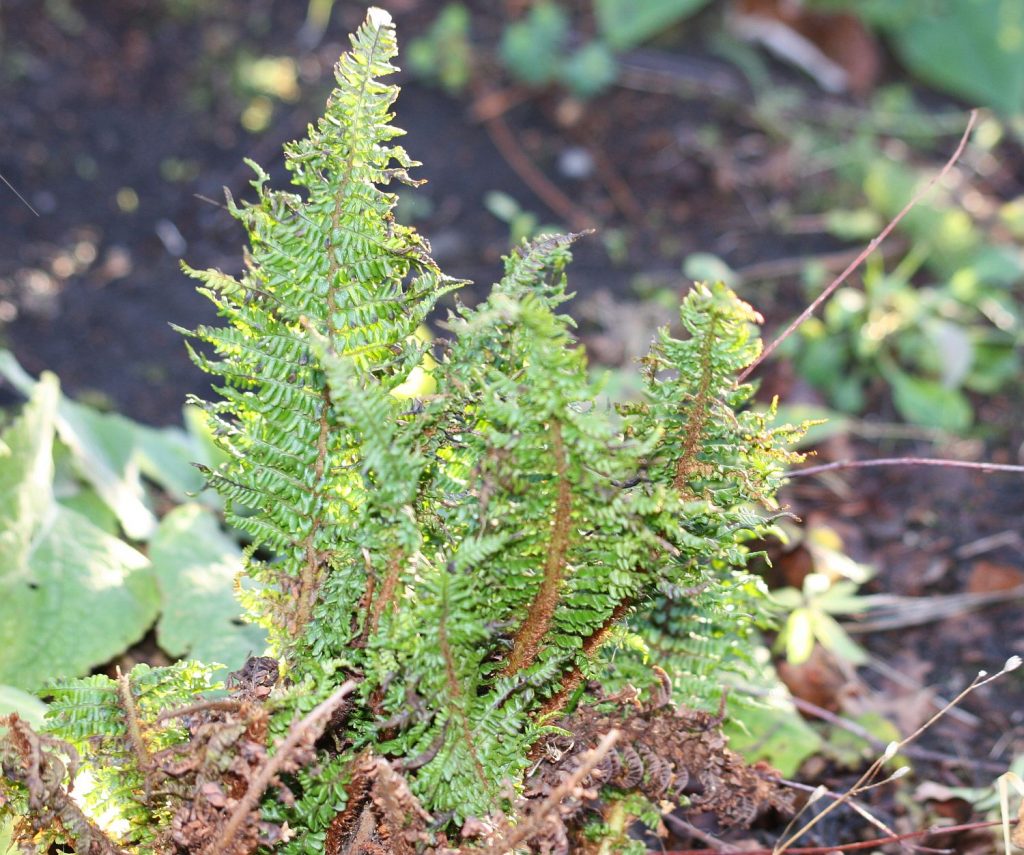
Though I am not a very accomplished photographer, I was beginning to wish I had a camera that could do more than my compact point-and-shoot, or my phone, clever as it is, and to want to understand more about what I was doing. And so, when I found a second-hand dslr on MPB.com, my husband gave it to me as an early birthday present, and this is the first result.
It’s a shuttlecock fern under the hazel hedge at the bottom of the garden, which has grown and sulked for several years, but now finally seems to have decided it likes it here. It is a sunny day, but getting colder, and there are warnings of ice. But all the same, there are snowdrops, primroses and violets out, and the tangled ribbons of witch hazel are beginning to unfurl. I have all kinds of photos in mind, but the big project will be to try and get some of the birds on the feeders or the privet hedges, and in due course the frog action in the pond. There will be a lot to learn as I go, but now I have the camera in my hand, I’m ready to get involved.
The pictures are mostly for this blog, but also for the series of newsletters I’m working on. It will be called Inspired by Herbs, and will contain a feature about the herb of the month, and a bit of reflection about our relationship with the earth, and poetry prompting, should anyone feel like attempting a poem of their own. The first one will be out in March, so feel free to sign up, if you are interested.
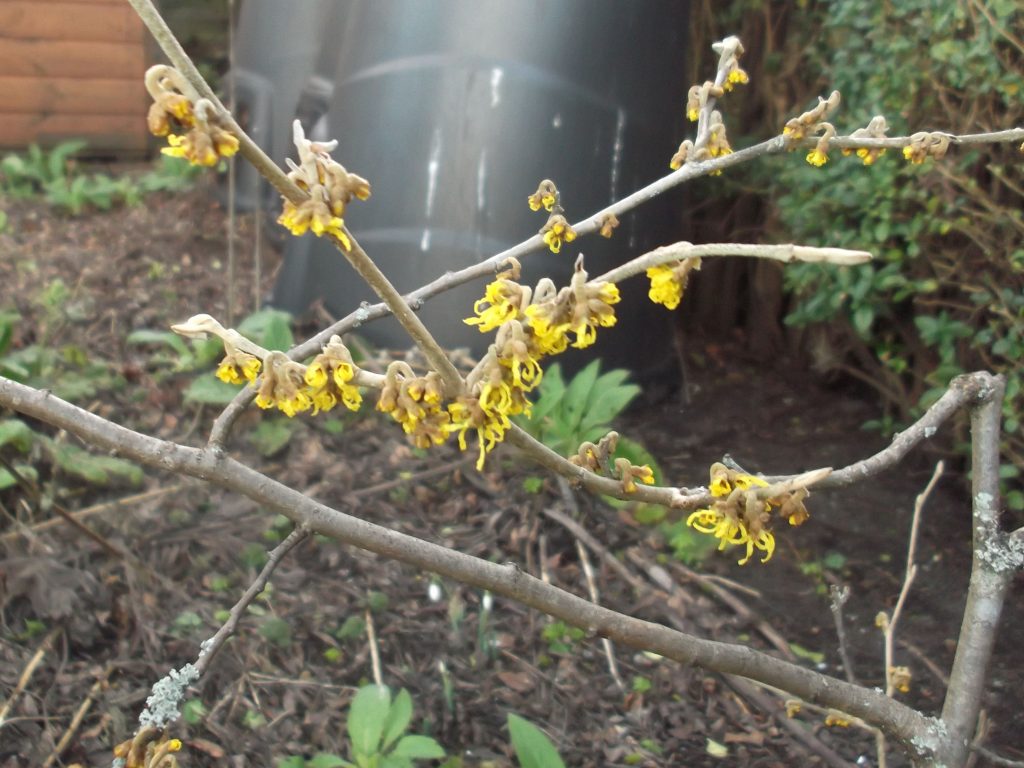



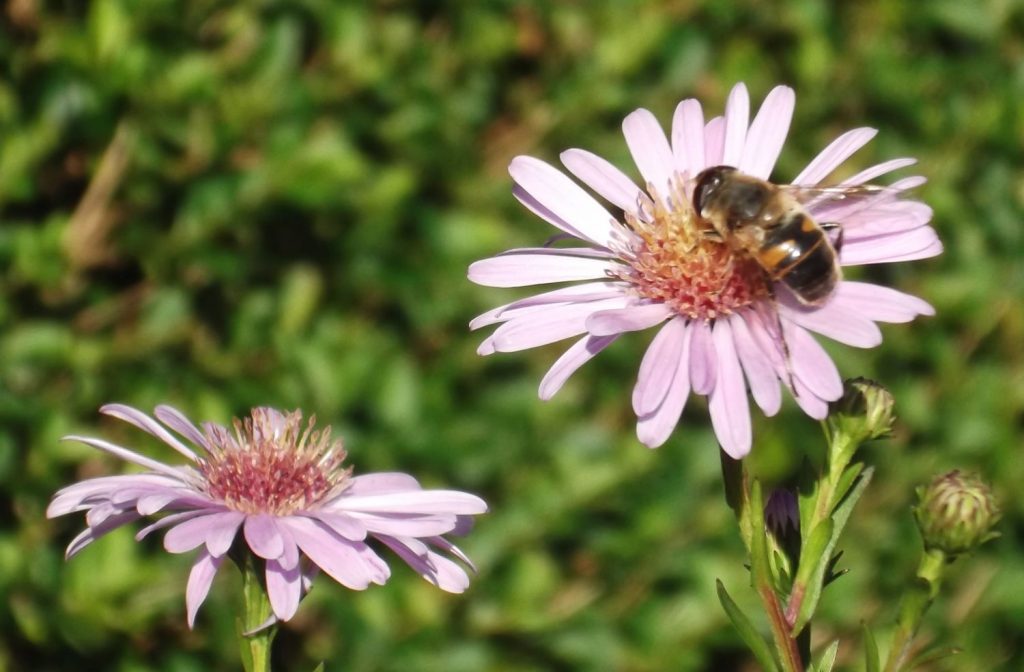
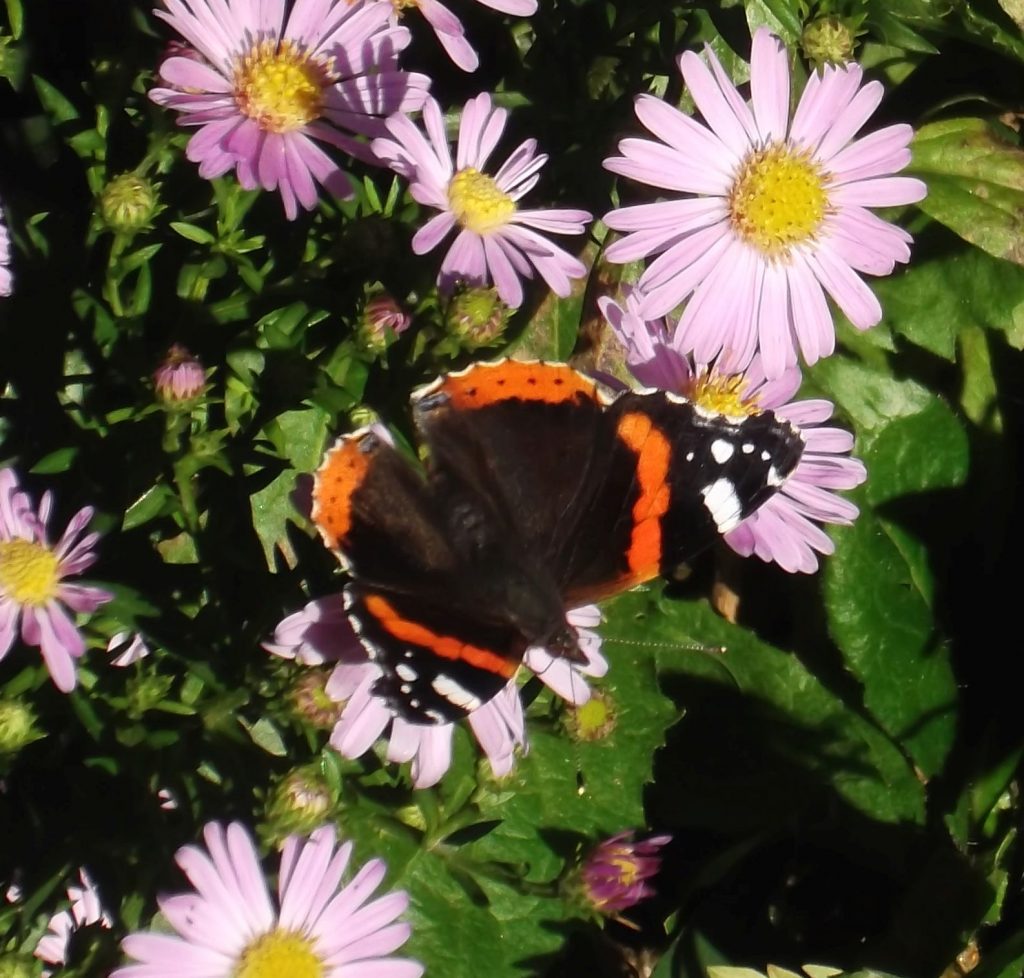
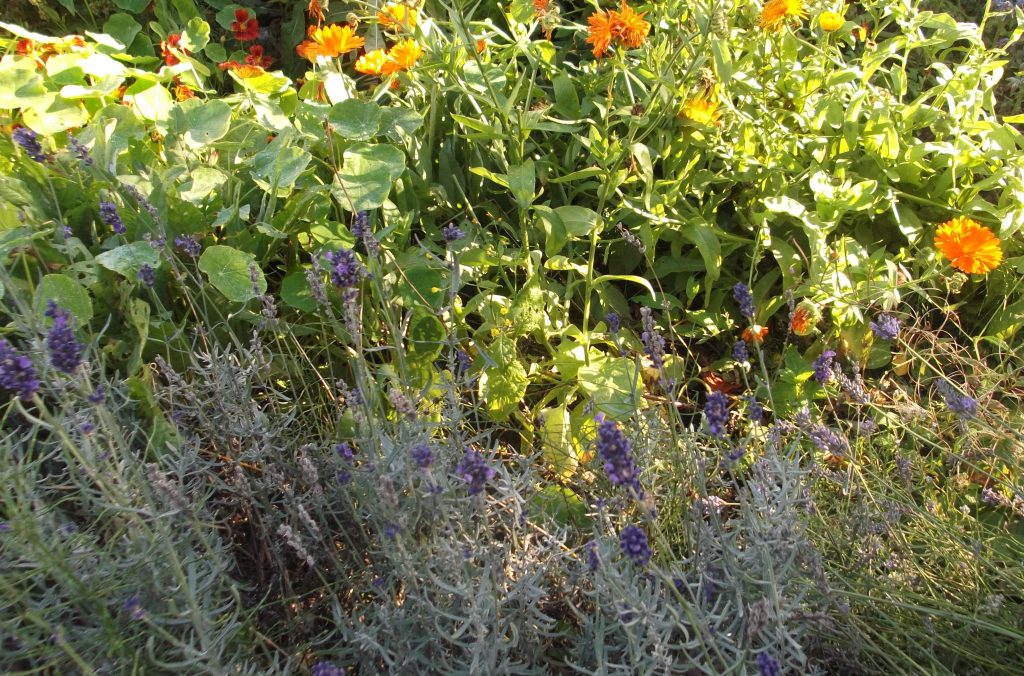
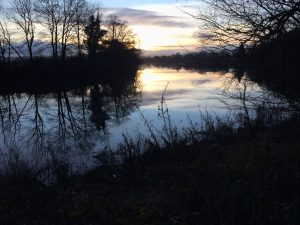
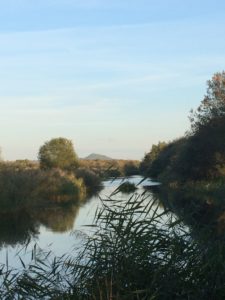
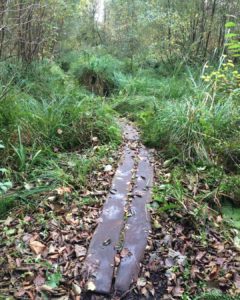
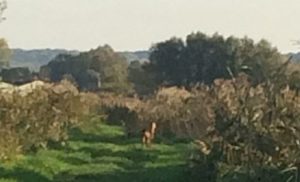



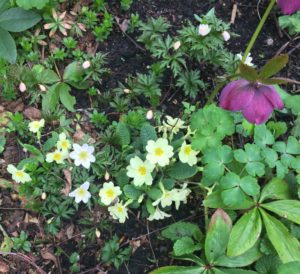
 new poetry from AC Clarke (I hope to write a review next week) and Nat Hall, and short stories by Tom Kelly (a fellow squirrel, published by Red Squirrel Press)
new poetry from AC Clarke (I hope to write a review next week) and Nat Hall, and short stories by Tom Kelly (a fellow squirrel, published by Red Squirrel Press) 